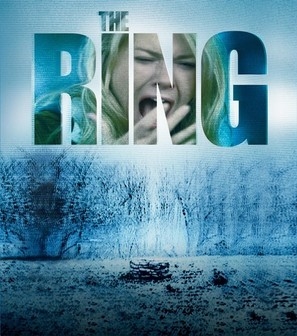Released in 2002, Gore Verbinski’s “The Ring” endures as a staple of teenage sleepover endurance testing.
The very video that leaves a trail of deformed bodies in its wake is baked into the film itself, transforming the audience from impartial viewer to imminent victim of the cursed tape’s supernatural powers.
An adaptation of the 1998 Japanese film “Ringu” directed by Hideo Nakata (which itself is based on the 1991 Koji Suzuku novel of the same name), the critical and commercial success of “The Ring” paved the way for a slew of American J-horror remakes in the aughts, including “The Grudge,” “Dark Water,” “Shutter” and “The…The post The Ring ending explained: Analog anxieties and murderous mothers appeared first on /Film.
Read full article
